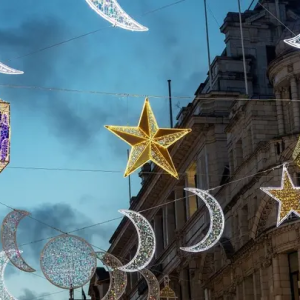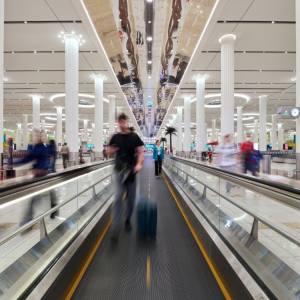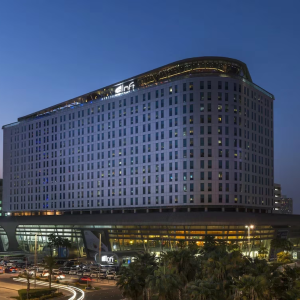In bustling urban landscapes—where skyline ambitions feel within reach—there’s an unspoken pressure to always be inspired. Yet most of us, even in cities bursting with opportunity, still experience moments of creative emptiness. This isn’t failure—it’s part of the journey. Honoring those uninspired times can actually spark your greatest breakthroughs.
The Urban Inspiration Myth
Modern life sells us a myth: move to a vibrant city, and inspiration will follow. We’re told to soak in art museums, trendy cafes, coworking hubs—and voilà, innovation strikes. But actual emotional experience often contradicts this ideal. Vast concrete jungles can feel monotonous. Social demands in dense metros can exhaust rather than energize. The result? Deep, isolating creative fatigue.
Rather than chasing inspiration, dig deeper—understand the rhythms of your creativity. Recognizing that uninspired periods are a natural part of the cycle is the first step to using them wisely.

Why Creative Gaps Are Essential
Feeling uninspired isn’t a door closing—it’s a pause. Think of it like a plant needing darkness before new growth. Silence before the next chord. These dormant periods give your subconscious room to recombine ideas, heal from overuse, restore clarity, and build resilience.
- Mental Reset: Creativity isn’t a nonstop stream—it’s fueled by rest.
- Incubation Time: Your mind continues working behind the scenes.
- Authenticity Check: Lulls help you determine if you’re pursuing your truest ideas—or just ticking boxes.
Embracing these gaps, rather than pushing through at all costs, often leads to more meaningful, aligned work.


The City of Dreams: Catalyst and Challenge
Living in “dream” cities offers incredible opportunity—but with surprising downsides:
- Ambient Pressure: Creative magnets breed competition and comparison fatigue.
- Sensory Overload: Constant stimuli overwhelm your internal processing.
- Displacement Fatigue: Even inspiring surroundings can feel alien, especially if solitude creeps in.
Acknowledging the fatigue beneath the surface is empowering. It frees you from guilt when inspiration doesn’t arrive on demand.
What Science Tells Us
Cognitive research confirms the value of rest and mental incubation for creativity. Neuroscience shows that downtime fosters insight and novel connections. Psychological studies suggest that periods of boredom or lull often precede sudden bursts of creative clarity.
Even city planners are waking up: they now recognize that green spaces, pauses, and quiet pockets sustain well-being amid the hustle. So your creative burnout is real—and solvable.
Real-World Examples — Creatives Who Threw Out the Rulebook
- The Resting Painter: A Paris-based artist took a six-month creative hiatus, immersing herself in museums rather than working in her studio. When she returned, her work was richer and more authentic.
- The Software Developer in Bangalore: He “wasted” entire days walking through parks, seldom coding. His next app concept emerged after one of those slow, wandering afternoons.
- The Ad Executive in Mumbai: Battling months of creative block, she realized her routines were rigid. Once she embraced stillness and ate meals without screens, her breakthrough campaign concept followed naturally.
Their stories show that stepping back—especially in intense urban environments—is not lazy, but smart.

Strategies for Navigating Uninspired Times
- Pause Completely
Stop the push. Acknowledge that inspiration can’t be forced. - Curate Your Environment
Urban parks, libraries, or even quiet balconies can offer the mental breathing room your brain needs. - Switch Modes
Step away from your main work. Switch to a side hobby—cook, swim, paint, breathe. - Document Without Judgment
Keep a notebook or voice memo. Capture half-formed ideas and stray thoughts for later. They matter—even if they seem silly now. - Rest Before Restlessness
When boredom leads to restlessness, engage gently—stretch, journal, walk aimlessly. - Share Honest Moments
Talk with peers about your creative blocks. Often vulnerability fosters unexpected collaboration or insight.
Reframing the Narrative
Instead of “I must always be inspired,” try:
- “This is a natural gap to tend to.”
- “My creativity is recuperating underground.”
- “Allow myself the space, trust the process.”
This compassionate mindset reduces pressure—and opens doors for surprising clarity.
Embracing the Rhythm
Creativity flows in cycles. Recognizing and honoring them, especially in a fast-moving city, helps you align your actions with your natural pace—and avoid burnout.
- Seasons in your practice: Know when to sow, harvest, and fallow.
- Ground yourself: Plan active/inactive phases as carefully as project milestones.
- Urban retreats: Create or find sanctuaries even in dense metros—pocket parks, rooftop decks, quiet cafes.
Why this Matters for Your Work—and Life
When you allow uninspired time:
- Quality improves—out of rest, deeper originality emerges.
- Well-being grows—you avoid fatigue, maintain energy, prevent despair.
- Long-term sustainability starts—you learn to pace yourself for the long haul.
Ultimately, this rhythm helps you build a creative life that holds even through high-pressure city living.
Conclusion
In a city of dreams, it’s natural to feel the weight of high expectations—especially when your output doesn’t match. But here’s the truth: uninspired times aren’t a threat, they’re part of your process. Allow them space. Rest deeply. Trust that your next energizing idea or project is already forming.
You aren’t failing when inspiration dips—you’re humanizing your creative journey. And that’s the most powerful act of all.
Do follow UAE Stories on Instagram.
Inside Dubai’s Explosive Rise of Homegrown DJs and Secret Raves















